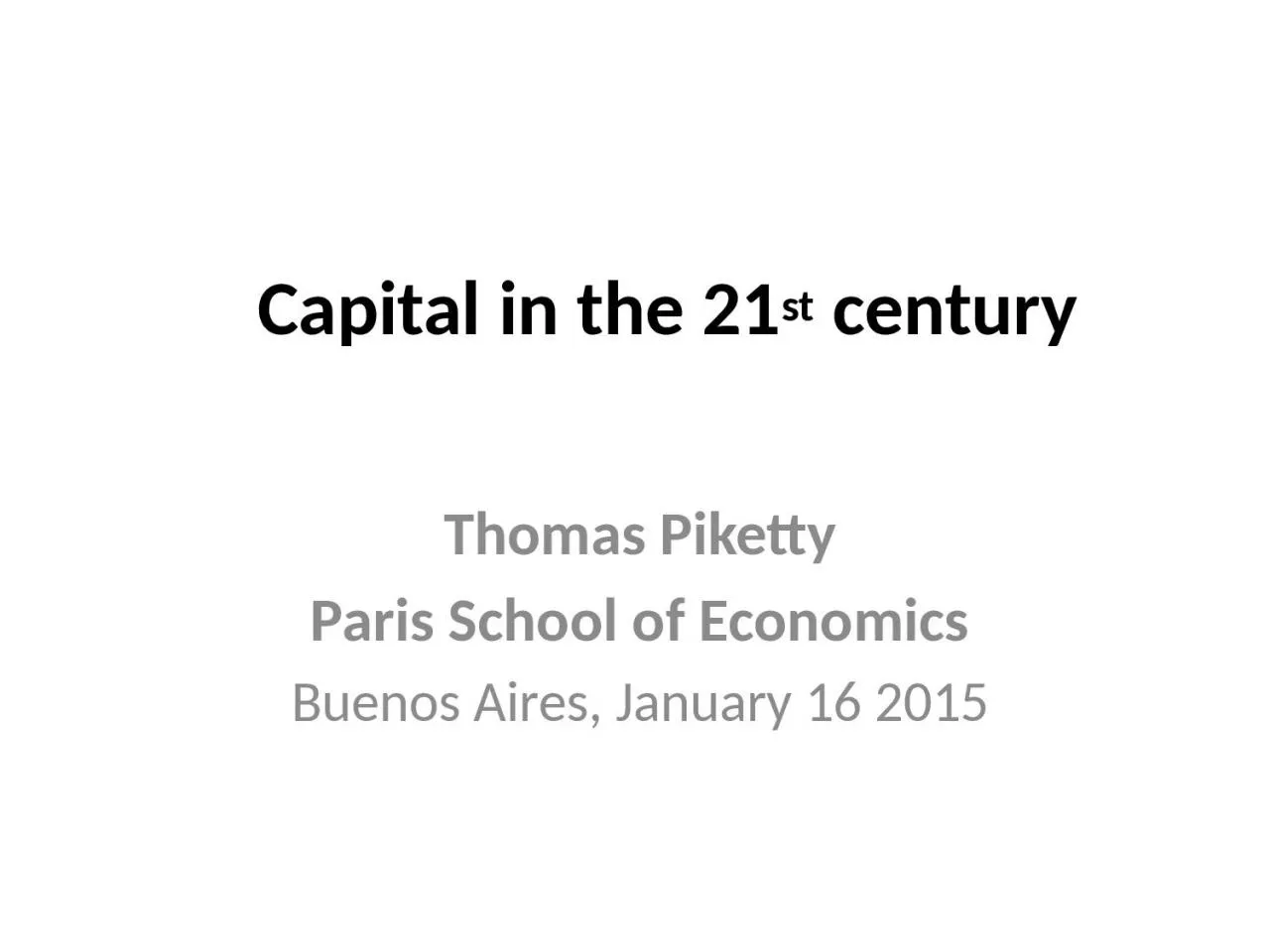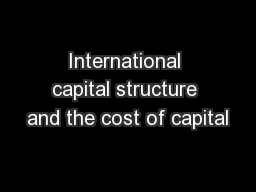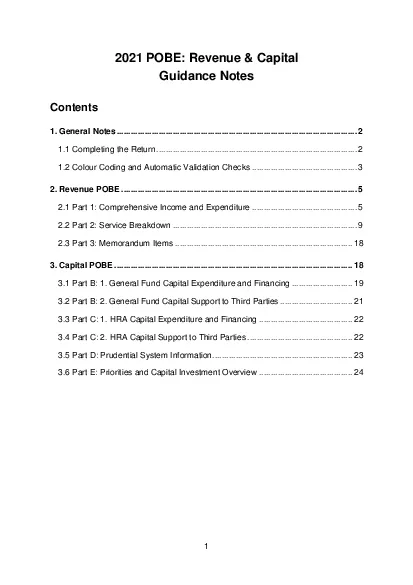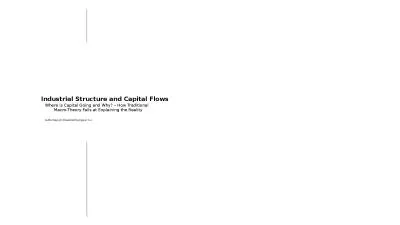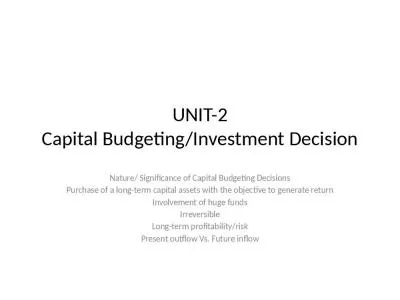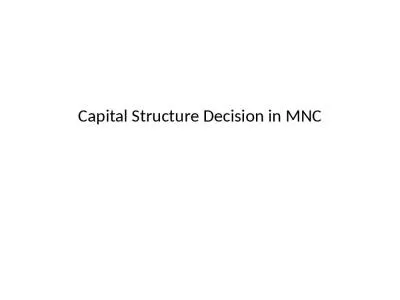PPT- Capital in the 21 st
Author : dandy | Published Date : 2023-11-04
century Thomas Piketty Paris School of Economics Buenos Aires January 16 2015 This presentation is based upon Capital in the 21 st century Harvard University
Presentation Embed Code
Download Presentation
Download Presentation The PPT/PDF document " Capital in the 21 st" is the property of its rightful owner. Permission is granted to download and print the materials on this website for personal, non-commercial use only, and to display it on your personal computer provided you do not modify the materials and that you retain all copyright notices contained in the materials. By downloading content from our website, you accept the terms of this agreement.
Capital in the 21 st: Transcript
Download Rules Of Document
" Capital in the 21 st"The content belongs to its owner. You may download and print it for personal use, without modification, and keep all copyright notices. By downloading, you agree to these terms.
Related Documents

